


| MOQ: | 1 m3 |
| Price: | US $3/m3 |
| Standard Packaging: | Cylinder |
| Delivery Period: | 15 days |
| Payment Method: | L/C, T/T |
| Supply Capacity: | 1000Tons/year |
Oxygen gas (O2) is the diatomic form of the element oxygen. It is a colorless, odorless, and tasteless gas that is essential for supporting life on Earth. Here are some key points about oxygen gas:
Chemical Composition: Oxygen gas is composed of two oxygen atoms bonded together (O2).
Properties: Oxygen gas possesses several important properties:
Colorless and Odorless: Oxygen gas is colorless and does not have a noticeable odor or taste.
High Reactivity: Oxygen is a highly reactive gas and readily combines with other elements and compounds through oxidation reactions.
Supports Combustion: Oxygen is necessary for combustion to occur. It acts as an oxidizer, supporting the ignition and burning of flammable materials.
Density: Oxygen gas is slightly denser than air, with a density of approximately 1.43 grams per liter at standard temperature and pressure.
Occurrence and Production: Oxygen gas is present in the Earth's atmosphere, comprising about 20.95% of the air we breathe. It is also found in various compounds, such as water (H2O), carbon dioxide (CO2), and metal oxides.
Uses and Applications: Oxygen gas has numerous applications across various industries:
Life Support: Oxygen is crucial for respiration and is used in medical settings to support patients with respiratory conditions or those undergoing surgery. It is supplied through oxygen masks, nasal cannulas, or ventilators.
Combustion and Welding: Oxygen is used as an oxidizing agent in industrial processes like combustion and welding. It supports the burning of fuels and is often combined with other gases, such as acetylene, for oxy-fuel welding and cutting.
Ozone Generation: Oxygen gas is used in ozone generators to produce ozone (O3), which has applications in water treatment, air purification, and disinfection.
Chemical Manufacturing: Oxygen gas is utilized in the production of various chemicals, such as hydrogen peroxide, methanol, ethylene oxide, and nitric acid.
Metal Refining: Oxygen is used in the refining of metals, such as steel, to remove impurities and improve the quality of the final product.
Aerospace and Scuba Diving: Oxygen is vital for human survival in high-altitude aviation and deep-sea diving. It is supplied in pressurized tanks or systems to provide breathable air.
Environmental Remediation: Oxygen gas can be used in environmental remediation processes to enhance the biological degradation of pollutants in soil and water.
Safety Considerations: While oxygen is essential for life, it is important to handle it with care due to its reactivity and potential hazards:
Fire and Explosion Hazards: Oxygen supports combustion, so it can accelerate the ignition and burning of flammable materials. It should be kept away from open flames, sparks, or combustible substances.
Oxygen Enrichment: Concentrated oxygen can increase the risk of fire and explosion in the presence of flammable materials. Proper ventilation and monitoring are necessary to prevent the build-up of oxygen-enriched atmospheres.
Handling and Storage: Oxygen cylinders and systems should be stored and handled in accordance with safety regulations. They should be secured, protected from physical damage, and kept away from sources of heat or ignition.
Inhalation Risks: Oxygen, when administered in high concentrations, can be harmful. It should only be used under the guidance of trained professionals to avoid the risk of oxygen toxicity.
Compatibility: Certain materials, such as oils, greases, and organic substances, can react violently with oxygen. Proper material selection and avoidance of contaminants are essential when using oxygen.
Understanding the properties, applications, and safety considerations associated with oxygen gas is crucial for its safe and effective use in various industries and medical settings.
Basic Info.
| Molecular Weight | 32 | Density | 1.429g/L |
| Melting Point | -218.4ºC | Boiling Point | -183ºC |
| Appearance | Colorless,Odorless | Un No. | 1072 |
| DOT Class | 2.2&5.1 | Valve | QF-2,CGA580 |
| Cylinder Standard | GB/ISO/DOT | Cylinder Pressure | 12.5Mpa/15Mpa/20Mpa |
| Transport Package | 40L/47L/50L/ISO Tank | Specification | 99.999%,99.9999% |
| Trademark | CMC | Origin | China |
| HS Code | 28044000 | Production Capacity | 100000m³/Year |
Product Description
Specification:
CAS No.: 7782-44-7
EINECS No.: 231-956-9
UN No.: UN1072
Purity: 99.999%-99.9999%
Dot Class: 2.2 & 5.1
Appearance: Colorless
Grade Standard: Industrial Grade, Grade, Electronic Grade
| Specification | 99.999% |
| Hydrogen | ≤0.5 ppm |
| Argon | ≤2 ppm |
| Nitrogen | ≤5 ppm |
| Carbon Dioxide | ≤0.5 ppm |
| THC (as CH4) | ≤0.5 ppm |
| Moisture | ≤2 ppm |
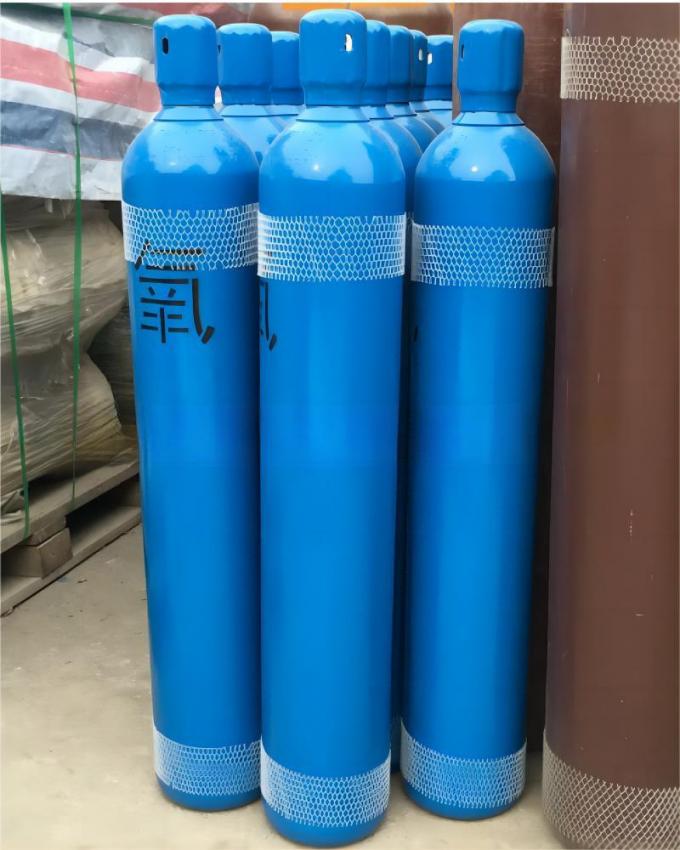
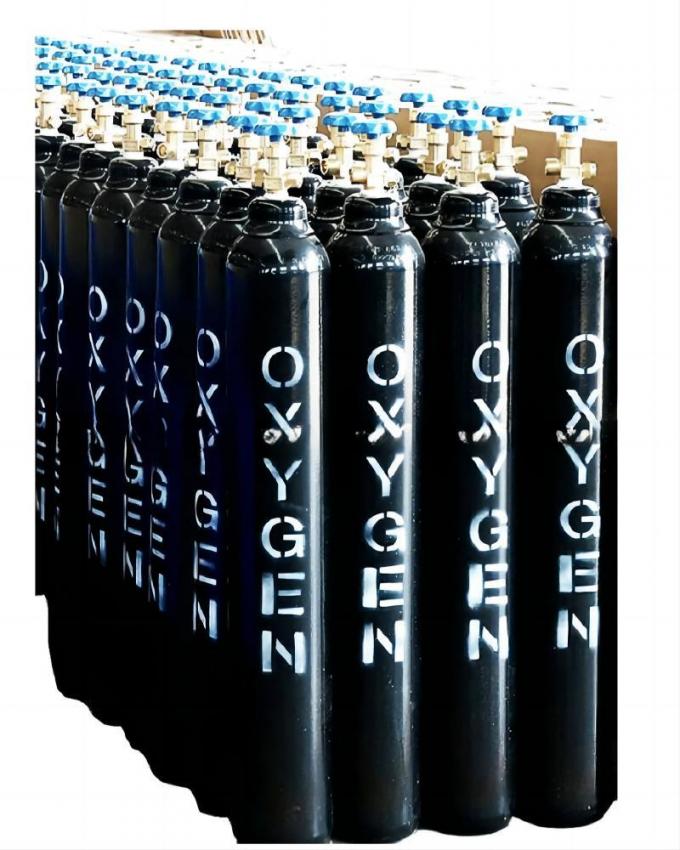
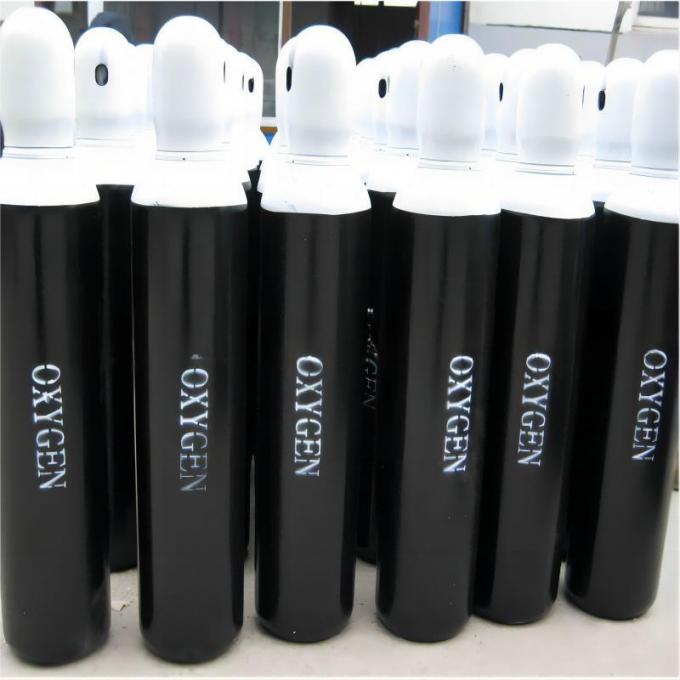
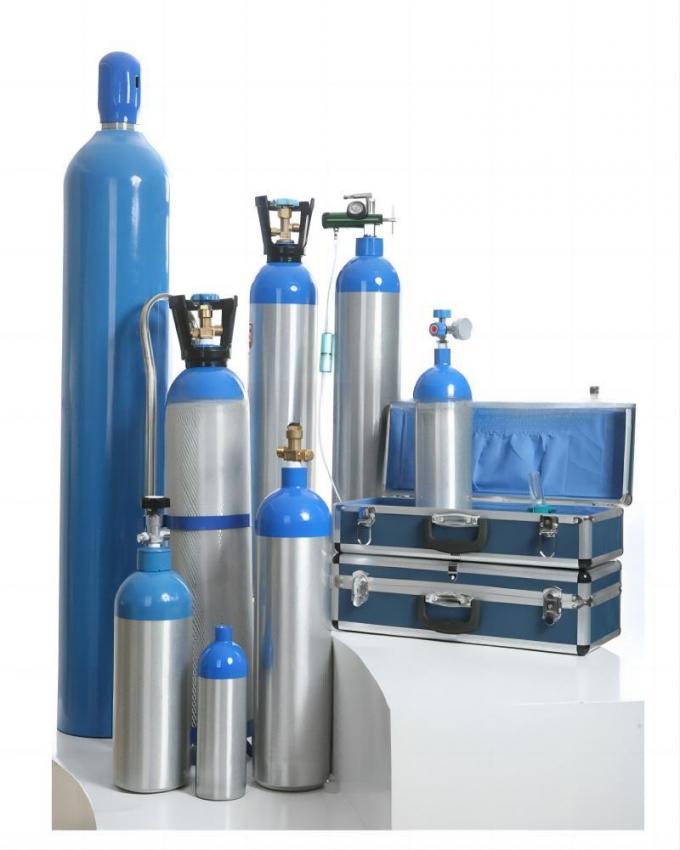
| Cylinder Specifications | Contents | Pressure | ||
| Cylinder Capacity | Valve | Volume | bar | psig |
| 40L | QF-2 | 7 m3 | 150 | 2175 |
| 47L | QF-2 | 7 m3 | 150 | 2175 |
| 50L | QF-2 | 10 m3 | 200 | 2900 |
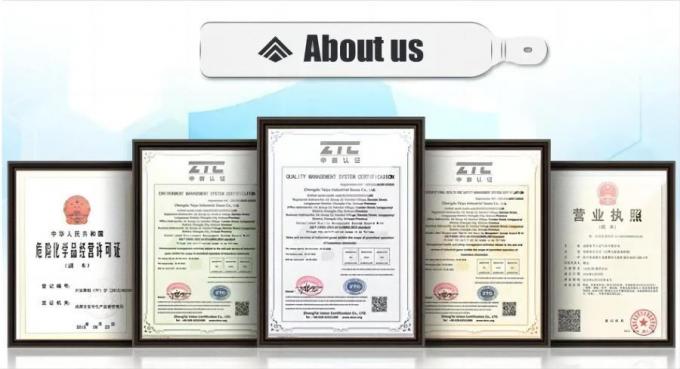

| MOQ: | 1 m3 |
| Price: | US $3/m3 |
| Standard Packaging: | Cylinder |
| Delivery Period: | 15 days |
| Payment Method: | L/C, T/T |
| Supply Capacity: | 1000Tons/year |
Oxygen gas (O2) is the diatomic form of the element oxygen. It is a colorless, odorless, and tasteless gas that is essential for supporting life on Earth. Here are some key points about oxygen gas:
Chemical Composition: Oxygen gas is composed of two oxygen atoms bonded together (O2).
Properties: Oxygen gas possesses several important properties:
Colorless and Odorless: Oxygen gas is colorless and does not have a noticeable odor or taste.
High Reactivity: Oxygen is a highly reactive gas and readily combines with other elements and compounds through oxidation reactions.
Supports Combustion: Oxygen is necessary for combustion to occur. It acts as an oxidizer, supporting the ignition and burning of flammable materials.
Density: Oxygen gas is slightly denser than air, with a density of approximately 1.43 grams per liter at standard temperature and pressure.
Occurrence and Production: Oxygen gas is present in the Earth's atmosphere, comprising about 20.95% of the air we breathe. It is also found in various compounds, such as water (H2O), carbon dioxide (CO2), and metal oxides.
Uses and Applications: Oxygen gas has numerous applications across various industries:
Life Support: Oxygen is crucial for respiration and is used in medical settings to support patients with respiratory conditions or those undergoing surgery. It is supplied through oxygen masks, nasal cannulas, or ventilators.
Combustion and Welding: Oxygen is used as an oxidizing agent in industrial processes like combustion and welding. It supports the burning of fuels and is often combined with other gases, such as acetylene, for oxy-fuel welding and cutting.
Ozone Generation: Oxygen gas is used in ozone generators to produce ozone (O3), which has applications in water treatment, air purification, and disinfection.
Chemical Manufacturing: Oxygen gas is utilized in the production of various chemicals, such as hydrogen peroxide, methanol, ethylene oxide, and nitric acid.
Metal Refining: Oxygen is used in the refining of metals, such as steel, to remove impurities and improve the quality of the final product.
Aerospace and Scuba Diving: Oxygen is vital for human survival in high-altitude aviation and deep-sea diving. It is supplied in pressurized tanks or systems to provide breathable air.
Environmental Remediation: Oxygen gas can be used in environmental remediation processes to enhance the biological degradation of pollutants in soil and water.
Safety Considerations: While oxygen is essential for life, it is important to handle it with care due to its reactivity and potential hazards:
Fire and Explosion Hazards: Oxygen supports combustion, so it can accelerate the ignition and burning of flammable materials. It should be kept away from open flames, sparks, or combustible substances.
Oxygen Enrichment: Concentrated oxygen can increase the risk of fire and explosion in the presence of flammable materials. Proper ventilation and monitoring are necessary to prevent the build-up of oxygen-enriched atmospheres.
Handling and Storage: Oxygen cylinders and systems should be stored and handled in accordance with safety regulations. They should be secured, protected from physical damage, and kept away from sources of heat or ignition.
Inhalation Risks: Oxygen, when administered in high concentrations, can be harmful. It should only be used under the guidance of trained professionals to avoid the risk of oxygen toxicity.
Compatibility: Certain materials, such as oils, greases, and organic substances, can react violently with oxygen. Proper material selection and avoidance of contaminants are essential when using oxygen.
Understanding the properties, applications, and safety considerations associated with oxygen gas is crucial for its safe and effective use in various industries and medical settings.
Basic Info.
| Molecular Weight | 32 | Density | 1.429g/L |
| Melting Point | -218.4ºC | Boiling Point | -183ºC |
| Appearance | Colorless,Odorless | Un No. | 1072 |
| DOT Class | 2.2&5.1 | Valve | QF-2,CGA580 |
| Cylinder Standard | GB/ISO/DOT | Cylinder Pressure | 12.5Mpa/15Mpa/20Mpa |
| Transport Package | 40L/47L/50L/ISO Tank | Specification | 99.999%,99.9999% |
| Trademark | CMC | Origin | China |
| HS Code | 28044000 | Production Capacity | 100000m³/Year |
Product Description
Specification:
CAS No.: 7782-44-7
EINECS No.: 231-956-9
UN No.: UN1072
Purity: 99.999%-99.9999%
Dot Class: 2.2 & 5.1
Appearance: Colorless
Grade Standard: Industrial Grade, Grade, Electronic Grade
| Specification | 99.999% |
| Hydrogen | ≤0.5 ppm |
| Argon | ≤2 ppm |
| Nitrogen | ≤5 ppm |
| Carbon Dioxide | ≤0.5 ppm |
| THC (as CH4) | ≤0.5 ppm |
| Moisture | ≤2 ppm |




| Cylinder Specifications | Contents | Pressure | ||
| Cylinder Capacity | Valve | Volume | bar | psig |
| 40L | QF-2 | 7 m3 | 150 | 2175 |
| 47L | QF-2 | 7 m3 | 150 | 2175 |
| 50L | QF-2 | 10 m3 | 200 | 2900 |
